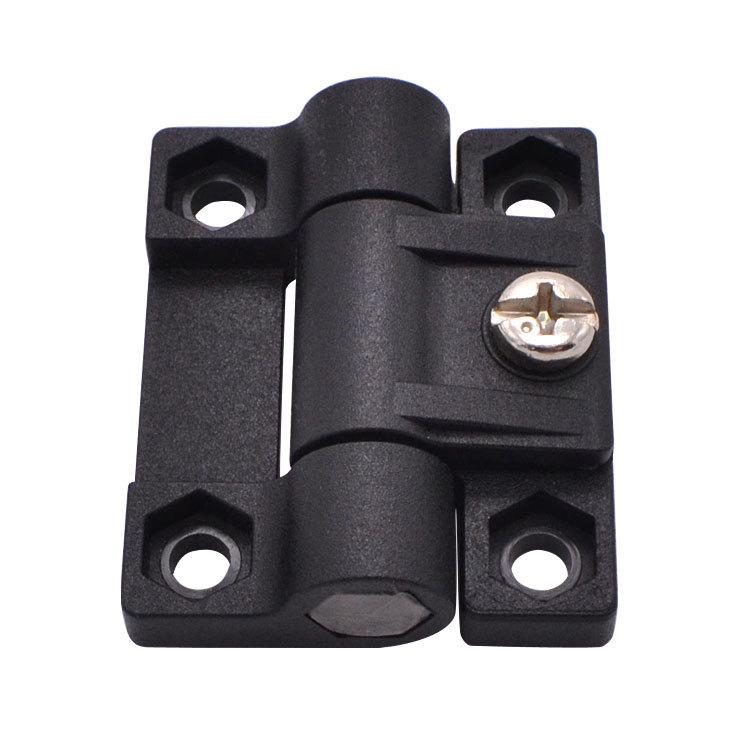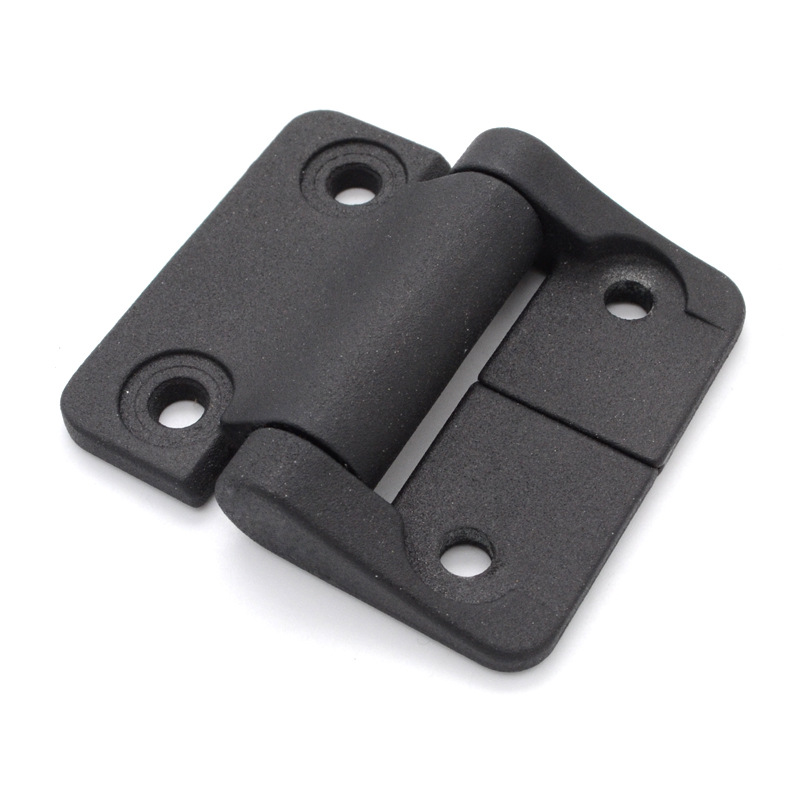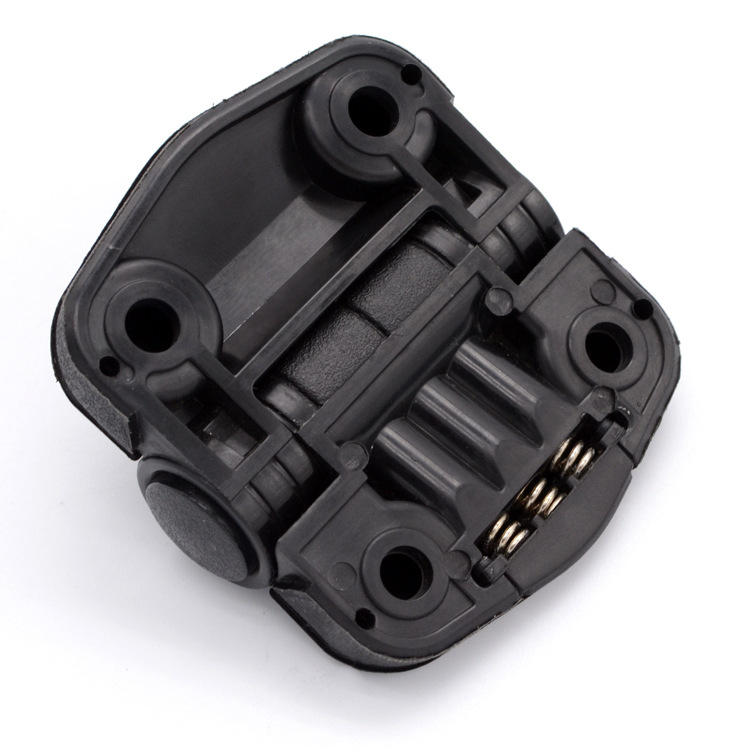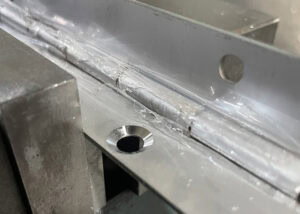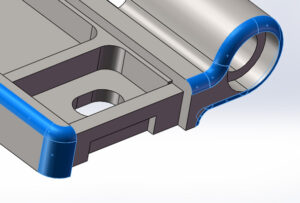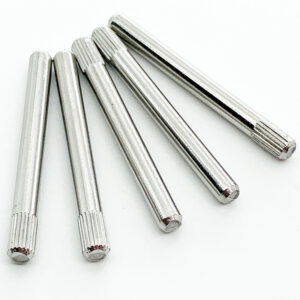Adjustment hinges are critical components of many industrial applications, and they play a vital role in ensuring the proper operation of doors, windows, and other equipment. These hinges allow for easy adjustment of the opening angle, closing speed, and other parameters, making them ideal for use in settings where precise control is essential. In this article, we will explore eight key aspects of adjustment hinges, including their design, materials, applications, and more.
What are Adjustment Hinges?
Adjustment hinges are specialized hinges that allow for precise control over the movement of doors and other equipment. These hinges are designed with a range of adjustment features, including adjustable opening angles, closing speeds, and resistance levels. the hinges are typically made of high-quality materials, such as stainless steel, aluminum, or zinc alloy, to ensure durability and reliability in a wide range of industrial applications.
How Does Adjustment Hinge Work?
Adjustment hinges work by incorporating various adjustment mechanisms into their design, such as cams, springs, and hydraulic or pneumatic cylinders. These components allow for precise control over the movement of the hinge, enabling users to adjust the angle of opening or closing, as well as the speed and force of the movement. The mechanisms used in the hinges are carefully calibrated to ensure that the hinge operates smoothly and reliably, even under heavy loads and frequent use.
What are the Different Types of Adjustment Hinges?
Adjustment hinges come in a range of different types and styles, each designed for specific applications and requirements. Some common types of hinges include concealed hinges, surface-mounted hinges, and continuous hinges. Concealed hinges are often used in applications where aesthetics are important, as they are hidden from view when the door is closed. Surface-mounted hinges are more visible and accessible, making them ideal for applications where ease of installation and maintenance are important. Continuous hinges, also known as piano hinges, provide support along the entire length of the door, making them suitable for heavier doors or applications where extra strength and stability are required.
What Materials Are Used in Adjustment Hinges?
Adjustment hinges are made from a variety of materials, each with its own unique properties and benefits. Stainless steel is a popular choice for hinges due to its corrosion resistance and durability, making it suitable for use in harsh environments or outdoor applications. Aluminum is also a common material used in the hinges, offering excellent strength and lightweight, while zinc alloy provides a balance of strength and affordability.
What Applications Are Adjustment Hinges Used in?
Adjustment hinges are used in a wide range of industrial applications, including machinery, transportation equipment, and medical devices. They are also commonly used in doors, windows, and other building components, providing precise control over movement and positioning. The hinges are often found in applications where safety and reliability are critical, such as in the aerospace or automotive industries.
What are the Benefits of Hinges?
Adjustment hinges offer a number of benefits over traditional hinges. Including greater control over movement and positioning, enhanced safety, and reliability. And improved efficiency and productivity. Hinges allow for precise adjustments, reducing the need for additional hardware or modifications to achieve the desired performance. This can result in significant time and cost savings during installation and maintenance. Additionally, hinges are designed to withstand heavy loads and frequent use. Providing long-lasting durability and reliability.
What Factors Should Be Considered When Choosing Hinges?
When selecting adjustment hinges for a particular application. There are several factors that should be taken into consideration. Including the load capacity, opening angle range, closing speed, and environmental factors such as temperature and humidity. The size and weight of the door or equipment being used will also affect the type of hinge required. It is important to choose the right hinge for the job to ensure proper operation and safety.
What are the Future Trends for Hinges?
As technology continues to advance. Hinges are likely to incorporate more advanced features and materials to further enhance their performance and versatility. This may include the use of sensors or actuators to provide real-time feedback on the position and movement of the hinge. Or the use of advanced materials such as composites or alloys to improve strength and durability. The increasing emphasis on sustainability. And environmental responsibility may also drive the development of more eco-friendly materials and manufacturing processes for hinges.
If you have any questions or suggestions regarding critical adjustments, please feel free to contact us.

